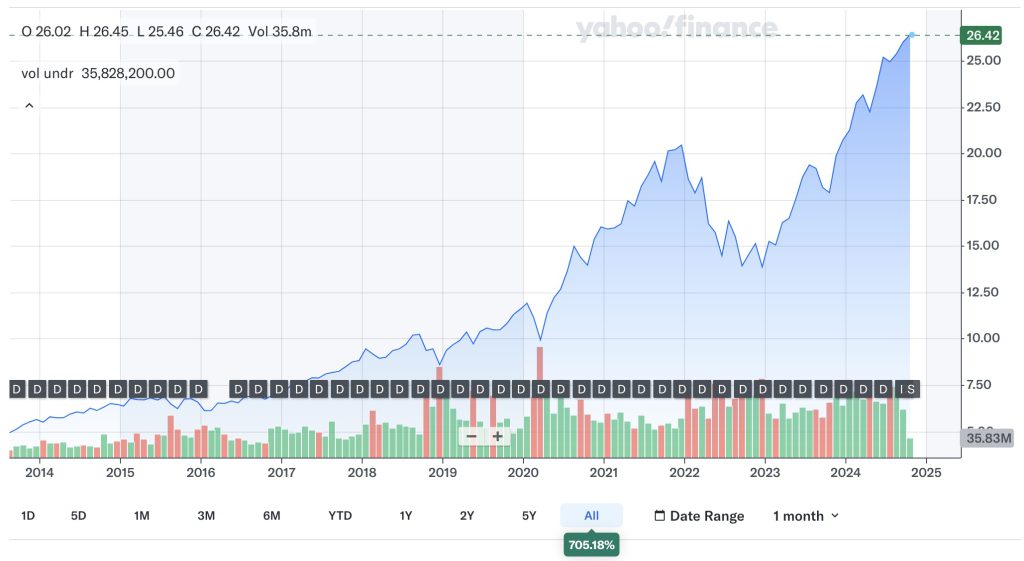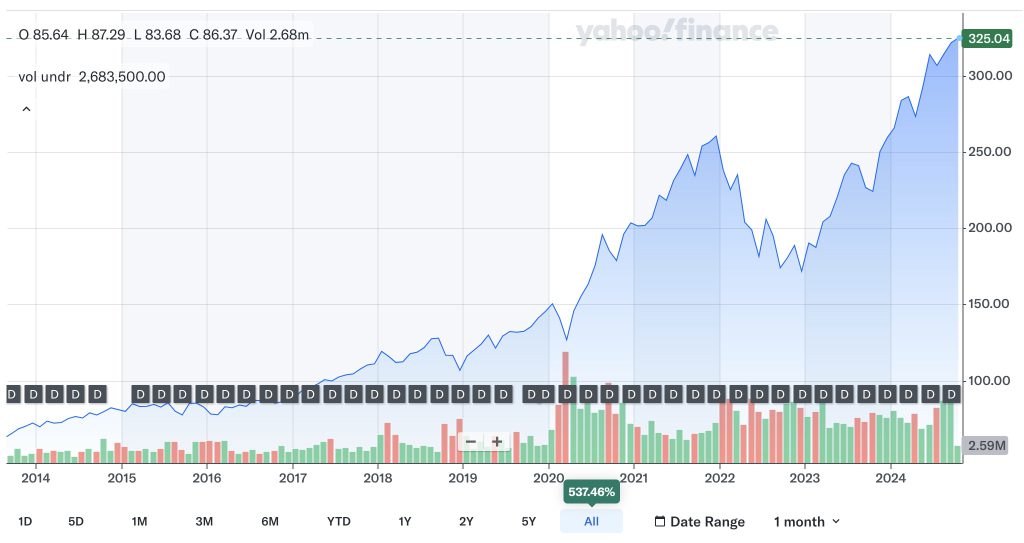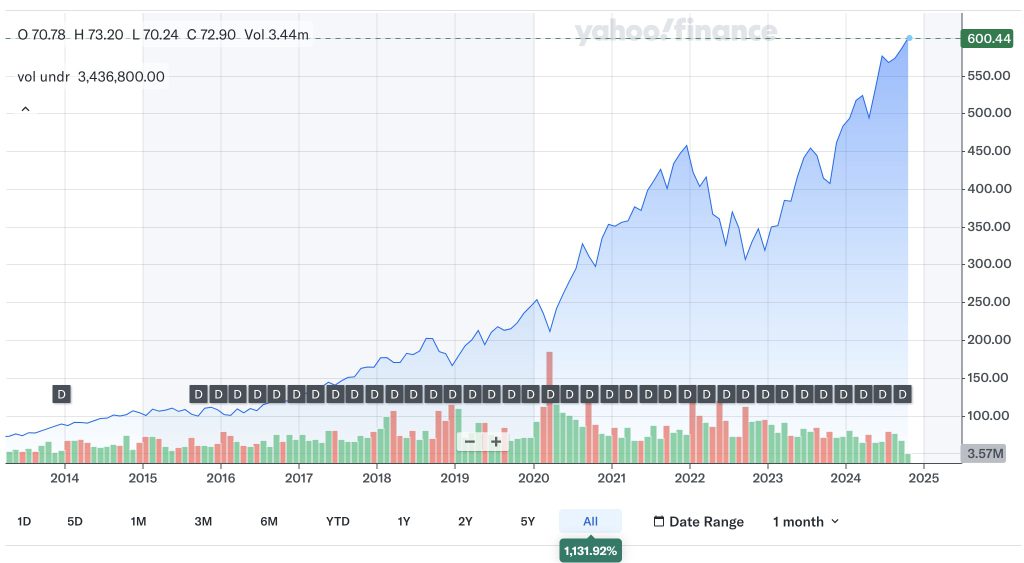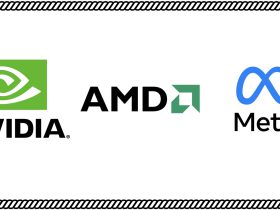Investing in exchange-traded funds (ETFs) is a smart and efficient way to build wealth with less time and effort compared to picking individual stocks. ETFs are investment funds that hold a diversified collection of assets, such as stocks, bonds, or commodities, and trade on major stock exchanges just like individual stocks. When you buy a share of an ETF, you are essentially purchasing a fractional ownership in all the underlying assets within the fund. This allows investors to instantly diversify their portfolios, spreading risk across a variety of holdings, and making it much easier to achieve a balanced investment strategy.By purchasing just one share of an ETF, you gain instant ownership in a basket of stocks, offering an easy way to create a diversified portfolio—a strategy that can greatly reduce risk.
In particular, growth ETFs are designed to deliver above-average returns by including stocks with strong potential for future earnings growth. These funds aim to outperform the market over time, making them an attractive option for investors seeking long-term gains. With the current market on the rise, now could be the perfect opportunity to capitalize on increasing stock prices. If you’re aiming to boost your earnings while maintaining the diversification and stability of an ETF, these three growth funds should be on your radar before 2025.
Schwab U.S. Large-Cap Growth ETF
The Schwab U.S. Large-Cap Growth ETF (SCHG 0.31%) is an exchange-traded fund that includes 231 large-cap stocks, which are companies with a market capitalization of at least $10 billion. The fund focuses on companies with strong potential for above-average growth, making it an attractive option for long-term investors. Nearly half of the fund’s allocation is in technology stocks, a sector known for both its high-risk, high-reward nature. While tech stocks can experience volatility, they also tend to deliver higher returns compared to more traditional industries.

In fact, the Schwab U.S. Large-Cap Growth ETF has a consistent record of outperforming the market. Over the last 10 years, it has achieved an average annual return of 16.48%, significantly higher than the historic market average of around 10%.Another key advantage of this ETF is its low expense ratio of 0.04%, meaning investors only pay $4 per year for every $10,000 invested. The low fees associated with ETFs like SCHG make them a cost-effective option, helping investors save on fees while maximizing returns over time.
Vanguard Mega Cap Growth ETF
The Vanguard Mega Cap Growth ETF (MGK 0.07%) takes a more targeted approach by focusing exclusively on 71 megacap stocks. Megacap stocks are companies with a market capitalization of at least $200 billion, which are typically industry-leading giants with significant stability.

This ETF offers a chance to invest in some of the biggest companies in the world, making it an attractive option for those who prioritize stability and reduced risk. While large-cap stocks, like those in the Schwab U.S. Growth ETF, are formidable, megacap stocks are even less likely to experience long-term struggles due to their dominance in their respective sectors. As a result, this ETF may appeal to those who are concerned about market volatility and are looking for a safer option.
However, because it focuses solely on megacap companies, this ETF might miss out on the explosive growth potential that smaller-cap stocks can offer. While smaller companies may carry more risk, they also have more room for growth, and just one breakout star can deliver impressive returns. Despite this, the Vanguard Mega Cap Growth ETF has still delivered strong results, with an average annual return of 16.35% over the past 10 years.
Vanguard Information Technology ETF
The Vanguard Information Technology ETF (VGT 0.31%) is a tech-focused fund comprising 317 stocks that span the entire technology sector. The fund’s largest holdings include Apple, Nvidia, and Microsoft, and these three companies alone make up more than 44% of the total fund. For investors looking to gain exposure to the booming tech sector without having to pick individual stocks, this ETF provides an excellent balance of risk and reward.

While it’s heavily weighted toward big tech giants, it also includes a broad range of smaller tech companies that are poised for significant growth. That said, ETFs focused on a single sector tend to be riskier than more diversified funds. For this reason, it’s wise to complement this ETF with other investments to ensure a well-rounded portfolio. While tech can be volatile, it can also deliver substantial returns. Over the last 10 years, the Vanguard Information Technology ETF has delivered an impressive average annual return of 20.68%, the highest among the three funds mentioned. While past performance isn’t a guarantee of future results, the VGT’s track record speaks for itself.
Over the past 10 years (2014 to 2024), these growth ETFs have demonstrated impressive performance, consistently delivering above-average returns. The Schwab U.S. Large-Cap Growth ETF offers broad exposure to large-cap stocks with a significant focus on the technology sector, making it a solid choice for those seeking growth at a low cost. The Vanguard Mega Cap Growth ETF, with its focus on the largest companies in the world, provides stability with strong returns, ideal for investors prioritizing safety. Meanwhile, the Vanguard Information Technology ETF stands out for its stellar returns in the tech sector, though it comes with higher risks due to its narrow focus.
As you consider these options, remember that your investment goals and risk tolerance should guide your decisions. Whether you’re aiming for long-term growth, seeking stability with mega-cap stocks, or capitalizing on the booming technology sector, these ETFs can play a crucial role in helping you build wealth for the future. With the market still showing potential, now may be the perfect time to add these funds to your portfolio as you prepare for 2025 and beyond.
Reference : Katie Brockman






